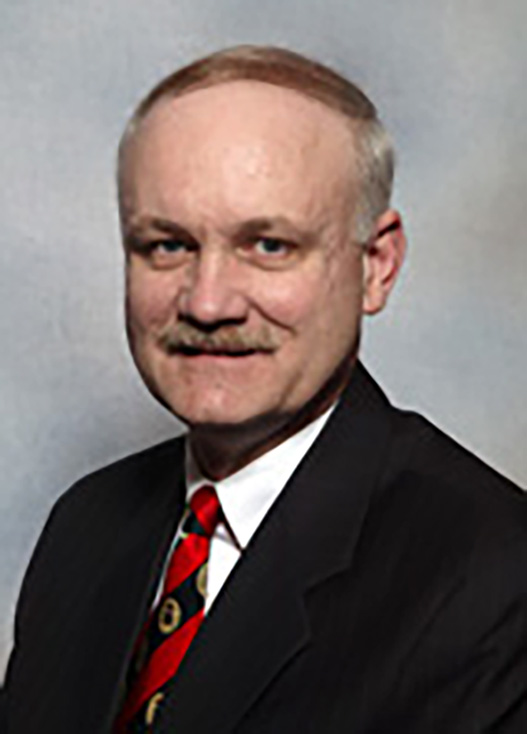NRC issues draft decommissioning guidance for comment
The Nuclear Regulatory Commission has issued the draft report, Consolidated Decommissioning Guidance, Characterization, Survey, and Determination of Radiological Criteria (NUREG-1757, Volume 2, Revision 2), with a request for comments by February 8.
NUREG-1757, which is intended for use by applicants, licensees, and the NRC staff, was last updated in 2006. This latest revision addresses lessons learned and experience gained from the review of license termination plans, decommissioning plans, and final status surveys for licensees undergoing license termination since then.
Notice of the draft NUREG was published in the December 8 Federal Register.




 The Fusion Energy Science Advisory Committee (FESAC), which is responsible for advising the Department of Energy’s Office of Science, on December 4 published the first public draft of
The Fusion Energy Science Advisory Committee (FESAC), which is responsible for advising the Department of Energy’s Office of Science, on December 4 published the first public draft of  The Atlantic Council’s Global Energy Center has issued a report,
The Atlantic Council’s Global Energy Center has issued a report, 

 The International Atomic Energy Agency has awarded
The International Atomic Energy Agency has awarded 

